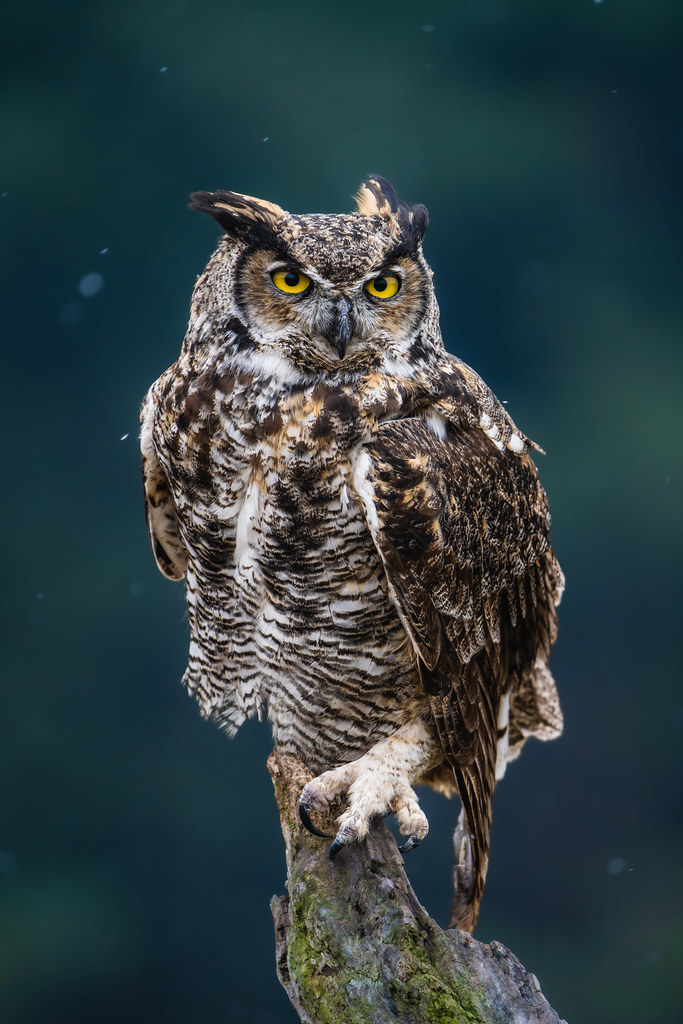#Nature Conservancy of Canada
Text
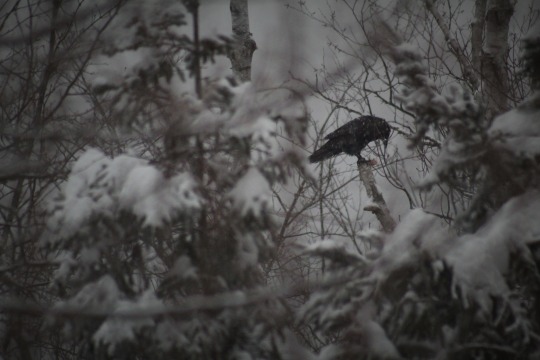

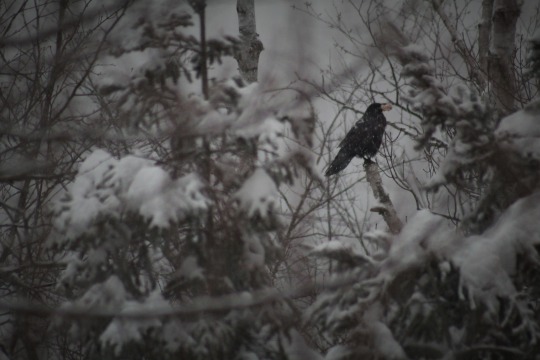
#TheDayAfter
At dawn after a snowstorm, a Raven is about to take off with his breakfast; a chicken leg.
@BenAdrienProulx
January 10th, 2024
#The Day After#Northern Raven#Raven#Wild Bird#Wildlife Photography#Raw Nature#Nature Core#Nature Gothic#Chicken Leg#SnowStorm#Nature Photography#Nature Canada#Wild Bird Photography#Animal Photography#Bird Watching#Bird Photography#Bird life#Bird Lover#eBirders#IUCN#International Union for Conservation of Nature#NCC#Nature Conservancy of Canada#ECCC#Environment and Climate Change Canada#Mountainous Parts of the Northern Hemisphere#Canada#The RavenKeeper
548 notes
·
View notes
Text
CA Redwoods to Be First National Park Co-Managed with a Native American Tribe That Used to Own it https://www.goodnewsnetwork.org/ca-redwoods-to-be-the-first-national-park-co-managed-with-a-native-american-tribe-that-used-to-own-it/
questionable headline aside this is good news
The Yurok will be the first Tribal nation to co-manage land with the National Park Service under a historic memorandum of understanding signed on Tuesday by the tribe, Redwood national and state parks, and the non-profit Save the Redwoods League, according to news reports.
The Yurok tribe has seen a wave of successes in recent years, successfully campaigning for the removal of a series of dams on the Klamath River, where salmon once ran up to their territory, and with the signing of a new memorandum of understanding, the Yurok are set to reclaim more of what was theirs.
#good news#environmentalism#science#canada#redwoods#yurok#save the redwoods league#not really land back#but still a good step#nature#stewardship#indigenous#indigenous land stewardship#environment#conservation#animals#trees#forests
3K notes
·
View notes
Text

Eastern red bats are North America's most abundant 'tree bats'. They are found wherever there are trees east of the Rocky Mountains from Canada to as far south as central Florida. Eastern red bats roost right out in the foliage of deciduous or sometimes evergreen trees.
(Photo: J. Scott Altenbach, Bat Conservation International)
#j. scott altenbach#photographer#bat conservation international#eastern red bat#bat#animal#mammal#wildlife#north america#canada#canadian geographic#nature
58 notes
·
View notes
Text



here’s some canada geese i’ve photographed :3
they are common, but they’re still super cool to me
#canada goose#geese#birds#conservation#nature#biology#wildlife#ornithology#bird photography#wildlife photography
15 notes
·
View notes
Photo

Canadian Bunchberry
Cornus canadensis
Cornaceae
Photograph taken on June 18, 2023, at Purdon Conservation Area, Lanark Highlands, Ontario, Canada.
#wildflowers of southern ontario#Canadian Bunchberry#bunchberry#Cornus canadensis#Cornus#white#wildflowers#wildflower#flowers#Purdon Conservation Area#conservation area#nature#Lanark Highlands#Ontario#Canada
32 notes
·
View notes
Text
Good News - April 15-21
(Sorry it's late, I got sick)
Like these weekly compilations? Support me on Ko-fi! Also, if you tip me on here or Ko-fi, at the end of the month I'll send you a link to all of the articles I found but didn't use each week - almost double the content! (I'm new to taking tips on here; if it doesn't show me your username or if you have DM's turned off, please send me a screenshot of your payment)
1. Restoring an unsung hero

“"We are aiming to restore a significant area of seagrass around Nova Scotia, rebuilding these ecosystems and doing it in a climate-smart way," says Derek Tittensor, head of the FOME research group and a professor of biology at Dalhousie. "Importantly, we are also integrating Indigenous and scientific knowledge of these remarkable ecosystems through a two-eyed seeing approach.””
2. Four super-rare quolls caught sneaking around Australian wildlife sanctuary
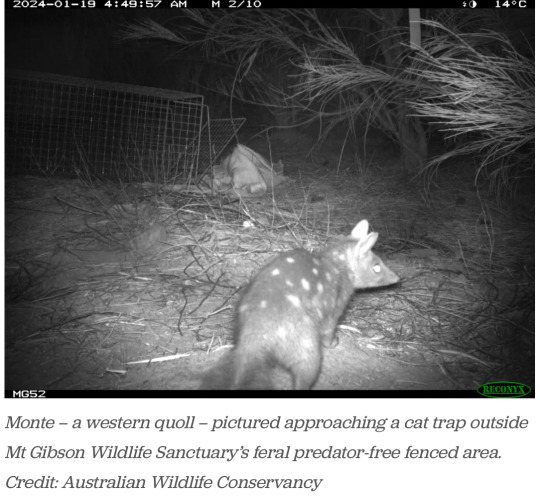
““We had a mysterious case of cat-trap tampering whereby the traps were closed, the bait was gone but no culprit inside,” explains AWC Field Ecologist, Erin Barritt. [… T]he opportunistic little mischief-makers were juvenile western quolls, the first to be born on the sanctuary in 100 years.”
3. LGBTQ+ parents are raving about ‘accessible’ gender-neutral children’s book What Makes A Baby

““Overall I think this is a great book and a great representation of what inclusive media can look like. It incorporates a variety of perspectives and experiences to make something that is accessible to everyone.” The LGBTQ+ community – with parents in particular – praised “the accuracy of the terminology”, with one writing: “Human anatomy isn’t too much for children to learn and this book makes it so accessible for them to learn!””
4. Switch to green wastewater infrastructure could reduce emissions and provide huge savings according to new research
“Researchers have shown that a transition to green wastewater-treatment approaches in the U.S. that leverages the potential of carbon-financing could save a staggering $15.6 billion and just under 30 million tons of CO2-equivalent emissions over 40 years.”
5. Millions Offered Up To Create New Disability Employment Models

“[Projects] can focus on increasing access to advanced technology careers, using advanced technology to support youth or adults with disabilities to access competitive integrated employment or helping justice-involved youth with disabilities gain employment. In addition, projects can look at early intervention and workforce reintegration strategies for those with acquired disabilities or efforts to reintegrate disconnected individuals with disabilities into the workforce.”
6. Laser-Treated Cork Absorbs Oil for Carbon-Neutral Ocean Cleanup
“Cork comes from the bark of cork oak trees, which can live for hundreds of years. These trees can be harvested about every seven years, making cork a renewable material. When the bark is removed, the trees amplify their biological activity to replace it and increase their carbon storage, so harvesting cork helps mitigate carbon emissions.”
7. This boat runs on 100% renewables. Can it help clean up bigger ships?
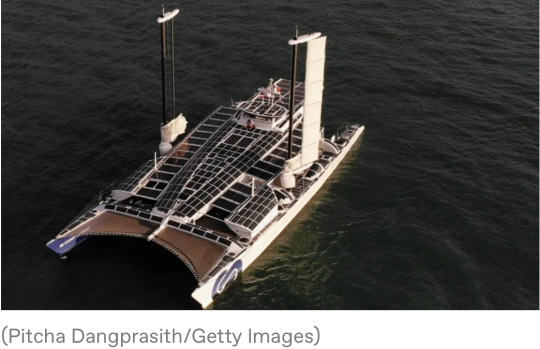
“For the past seven years, Energy Observer has traveled around the world, serving as a floating test bed for zero-emission technologies that can propel boats and ships — without spewing any of the nasty pollution that comes from running diesel engines. […] The project’s leaders say they’re now ready to focus their efforts on cleaning up much larger and dirtier types of vessels, including cargo ships.”
8. 1,000 oceanic manta rays seen in the Maldives

“With 1,000 individuals in its waters, the Maldives is home to the world’s third largest population of giant mantas (it also has the most reef mantas (Mobula alfredi) in the world, with over 5,000 individuals).”
9. Service Finalizes Land Protection Plan for Expanding Muleshoe National Wildlife Refuge

“Plan aims to deliver in-perpetuity conservation of up to 700,000 acres of land for benefit of migratory and resident wildlife. […] "These vast grassland landscapes provide essential habitat for wildlife while also providing benefits like clean water filtration and carbon sequestration, which are essential for both the environment and human well-being."”
10. Medicaid Officials Remove Barriers For Those With Disabilities

“In addition [to grace periods for submitting paperwork], states will no longer be allowed to conduct renewals any more than once every 12 months and they will be barred from requiring in-person interviews for people with disabilities, among other changes.”
And a bonus article to make up for posting late: Gay Furry Hackers strike again!
April 8-14 news here | (all credit for images and written material can be found at the source linked; I don’t claim credit for anything but curating.)
#hopepunk#good news#nature#ocean#climate#climate change#canada#australia#wildlife#lgbtq#lgbtqia#book#disability#employment#rehabilitation#disabled#accessibility#carbon#oil spill#cork#boat#renewableenergy#renewablefuture#solar energy#manta ray#fish and wildlife#birds#habitat#conservation#medicaid
8 notes
·
View notes
Text


It’s not easy to swim 175 km (109 mi.) when you’re starving to death. It’s not easy either to try to survive when you’re shedding body weight at a rate of 1 kg (2.2 lbs.) a day.
And it might be hardest — or at least most tragic — of all if you’re a nursing mom and your calorie intake has dropped so low that you can no longer produce the milk you need to care for your young.
As a new paper in Nature Communications reveals, all of those challenges and more are facing the world’s polar bears, thanks to vanishing sea ice in our warming world, denying the animals a platform that they need to hunt for seals.
If the trend isn’t reversed soon, the estimated 26,000 polar bears in the wild could start to lose their hold on survival before the middle of this century.
The researchers were less interested in establishing the fact of the bears’ food plight; scientists are already aware of that problem.
What they were more focused on learning was both how gravely the nutritional loss is affecting the animals’ health and the alternative food sources they’re scrounging for on land.
To do their work, the scientists followed 20 different polar bears in Manitoba, Canada, from 2019 to 2022, fitting them with GPS trackers and video collars and periodically tranquilizing them and analyzing their blood, body mass, daily energy expenditure — basically a measure of calories coming in versus calories going out — and more.
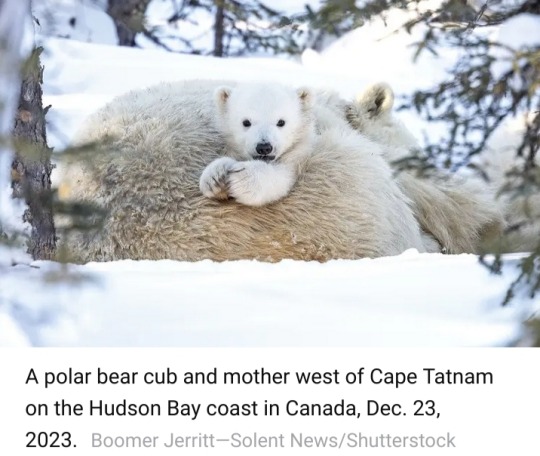
“The polar bears in Hudson Bay [Canada] are probably at the edge of the range at which they can survive right now,” says Anthony Pagano, a research biologist with the U.S. Geological Survey and the lead author of the paper.
“Most of the modeling work suggests that around 2050, they are going to be on land and away from their primary habitat [on the ice].”
The contraction in range of the Hudson Bay community is likely to be reflected in the ranges of the 18 other polar bear subpopulations scattered throughout the Arctic as well.
Across the arc of the study, the data Pagano and his colleagues gathered was troubling.
Weight loss varied from bear to bear, with the daily loss of 1 kg representing just an average.
Some of the subject animals dropped up to 1.7 kg (3.75 lbs) every 24 hours.
That may not seem like much when an adult male polar bear can tip the scales at 550 kg (1,200 lbs) and a female at 320 kg (700 lbs), but it can add up fast.
And with less available to eat, the hungry bears have to travel farther and farther distances to find their next meal.

The individual that swam 175 km — a young female — set the record among the bears studied, but another, older female also covered 120 km (75 mi).
The endurance swims in search of food are energy-intensive and often fruitless for the bears.
They are efficient hunters when they’ve got the purchase of ice beneath them, Pagano and his colleagues explain, but they are clumsy when they are going after seals and trying to swim at the same time.
That leaves them scavenging on land for foods they would not ordinarily eat — and getting little payoff for their efforts.
“Polar bears are feeding on ducks and geese — catching them when they’re flightless and molting — as well as on their eggs,” Pagano says.
Other foods on the desperate bears’ menus included berries and other vegetation, bones, antlers and, in one case, a beluga whale carcass.
None of that fare is as calorie-rich as a steady diet of live, blubber-packed seals.
Some of the bears vigorously sought out these alternative sources of nutrition; others opted for a different strategy: resting and conserving the energy contained in their body mass.
The latter approach costs stored calories, but so does the former, as all of the plodding and searching burns through energy too.
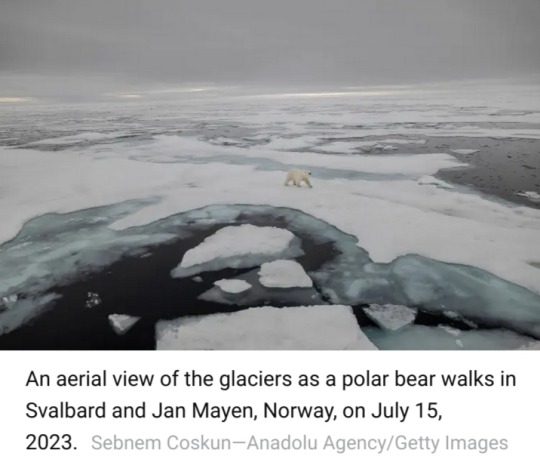
“The amount of body tissue they were burning to try and find those terrestrial foods was basically the same as what they’d get from eating those terrestrial foods,” Pagano says. “So there’s no actual benefit.”
The researchers were surprised to find that the bears were going through not just fat stores to compensate for the poor rations but lean muscle tissue too.
Pagano is not certain why their metabolisms would adopt that strategy, but he has some ideas.
“There's some thought that burning lean body mass might be more energetically efficient in some respects relative to burning body fats,” he says.
“Also, conserving their body fat might provide them better thermal regulation once the winter and the ice return.”
That seasonal freeze-over is shorter than it used to be — though not by a lot.

In the 1980s, polar bears were on land for about 110 days out of the year, with no need to eat terrestrial foods since the fat deposits they’d accumulate thanks to wintertime seal-hunting was enough to carry them the rest of the year.
Now they're off the ice for 130 days on average.
It’s a measure of the nutritional knife’s-edge on which the bears operate that just 20 days can make the difference between whether they live and thrive or starve and die.
The individuals most likely to perish when food supplies are poor are young adults — due to their less-developed hunting skills — and cubs, whose principal source of nutrition, their mother’s milk, can vanish in lean times.
“If females are fasting for extended periods, they will actually stop lactating,” says Pagano.
Full-grown bears are by no means immune to danger, however.
The authors cite earlier research predicting that the adult male population could decrease by 24% if the ice-free summer season increases to 180 days.
This is especially so given the enormous energy intake — about 22,500 calories per day — that the big males need to maintain their body weight.
Polar bears aren’t the only species menaced by these findings. Humans are in harm’s way too.
The more time bears spend off the ice and on land, the greater the likelihood they will wander into cities and towns in search of something to eat — and residents could easily be hurt or attacked if they get in the way of the hungry animals.
People might also even be seen as sources of prey.
“When polar bears are on land, they act like other bears and become omnivores,” says Pagano. “It does raise the potential for human-bear interactions.”
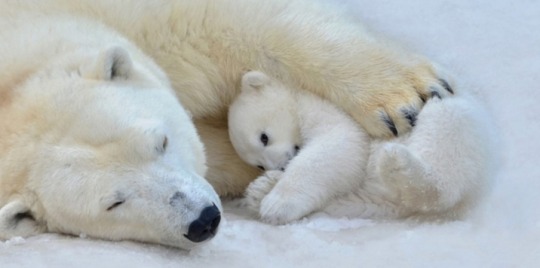

🆘🐻❄️🥺
#polar bears#sea bears#Ursus maritimus#U.S. Geological Survey#Manitoba#Canada#Nature Communications#climate change#wildlife conservation#food source#nutritional loss#animal health#marine mammals#Arctic Circle
9 notes
·
View notes
Text
"A large swath of land in southern Alberta that houses critical ecosystems and plays a role in environmental sustainability will now be protected for years to come."
18 notes
·
View notes
Video
Great Horned Owl by Dave Wong
#Zoo Photography#Owl#North America#Nature#Norfolk County#Wildlife Photography#Road Trip#True owl#Travel#Canada#Bird#Ontario#Great horned owl#Animals#America#Southern Ontario#Canadian Raptor Conservancy#Vittoria#Bubo virginianus#Hoot owl#Tiger owl#Wildlife#Bird Photography#Raptor#flickr
10 notes
·
View notes
Text
#alaska#antlers#arctic#arctic national wildlife refuge#biodiversity#canada#candice gaukel andrews#caribou#christmas#christmas 2023#conservation#environment#holidays#national park service#natural habitat adventures#nathab#nature#north american coastal plain#oil drilling#reindeer#remote#saint nicholas#santa claus#science#science and environment#scientific research#tundra#wild#wildlife#wolves
4 notes
·
View notes
Text


#EarlyTrespassing
Yesterday morning wasn't the right time, neither the right moment to trespass a Coyote territory.
At first sight we've been clearly spotted by this couple of Coyote. Usually they don't care much about humans as long as we're not trespassing their territories in the middle of their breeding season; unfortunately we're just at the beginning of it. Like most wild animals, Coyotes can be easily offended during this time and by any means necessary, will protect their family as well as their hunting territories on which they count on to feed their youngsters. The female seems relatively calm but still cautious of our presence contrary to the male who was agitated, noisy, and didn't seem to be in a mood to socialize with us. ( mindful-hempress )
Sure the fact that we suprised them didn't help the situation. So slowly we decided to leave this area going, backwards.
@BenAdrienProulx
April 11th, 2024
#Early Trespassing#Coyote#Wildlife Need Protection#IUCN#International Union for Conservation of Nature#ECCC#Environment and Climate Change Canada#FeederWatch#Count Feeder Birds for Science#NCC#Nature Conservancy of Canada#Nature Photography#Nature Canada#Wild Bird Photography#Wildlife Photography#Animal Photography#Mountainous Parts of the Northern Hemisphere#Canada#The RavenKeeper
293 notes
·
View notes
Text
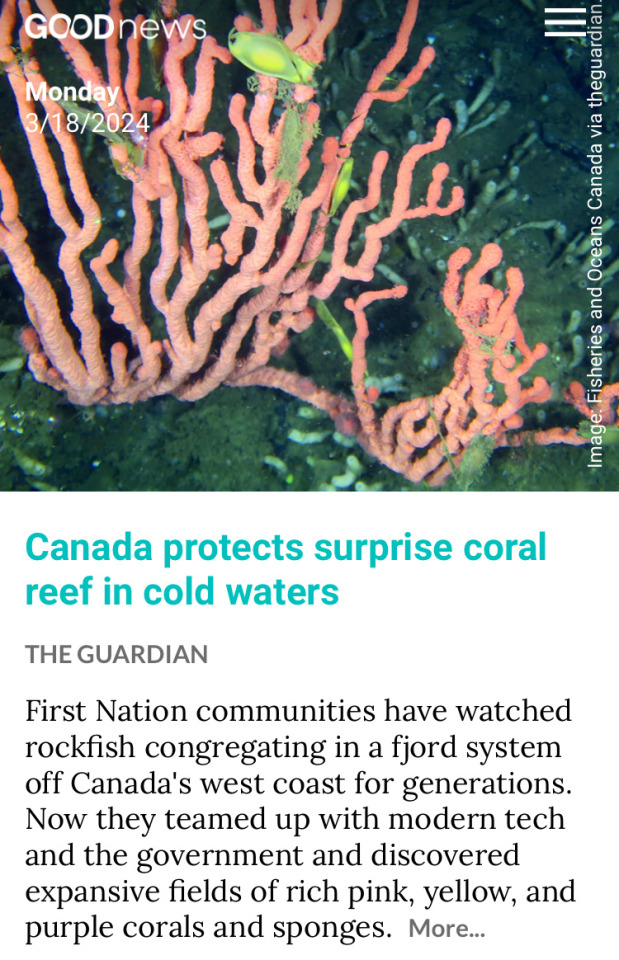
#good news#environmentalism#science#first nations#canada#coral reef#coral reefs#environment#nature#animals#conservation
2K notes
·
View notes
Text
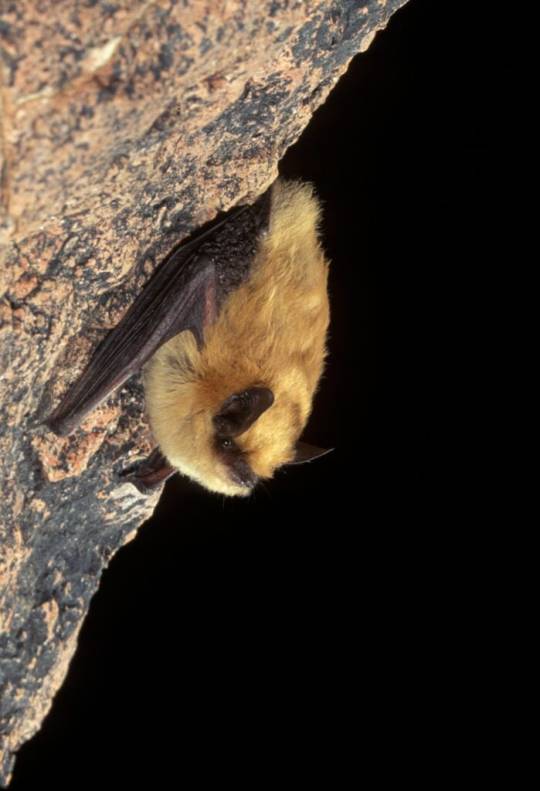
The western small-footed myotis rears its young in cliff-face crevices, erosion cavities, and beneath rocks on the ground. Some females care for their pups alone, while others form small groups.
(Photo: J. Scott Altenbach, Bat Conservation International)
#j. scott altenbach#photographer#bat conservation international#western small-footed myotis#bat#animal#mammal#wildlife#nature#canada#canadian geographic
34 notes
·
View notes
Photo

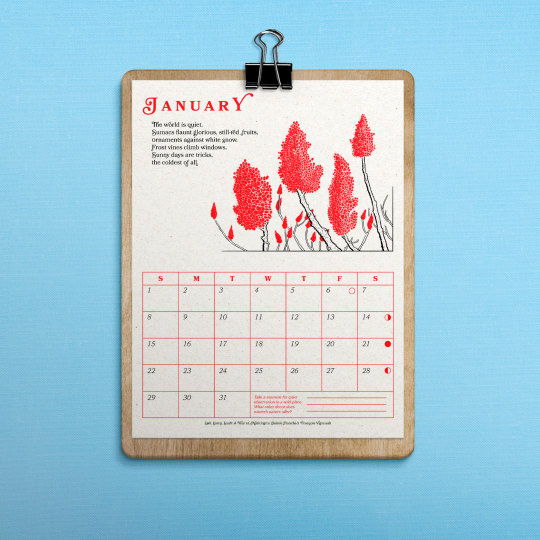
Look, Listen, Learn: A Year of Noticing is a seasonal collection of words and images designed to inspire a connection with the small wonders of the natural world.
A downloadable calendar, ready to print or use on screens, each month of Look, Listen, Learn features a short text and an illustration, along with a prompt encouraging readers to create their own reflections on the world around them.
A collaboration between illustrator François Vigneault and author Jaimie Franchi, new updates of Look, Listen, Learn will be released seasonally, with instalments of three months coming out on each solstice/equinox throughout 2023. The first instalment, Winter, is available now.
Winter (Jan/Feb/Mar) OUT NOW
Spring (Apr/May/Jun) | March 21, 2023
Summer (July/Aug/Sep) | June 21, 2023
Fall (Oct/Nov/Dec) | Sep 23, 2023
Each season is pay-what-you-like (even $0 is fine), with any proceeds benefiting Nature Conservancy Canada.
#2023 calendar#pay what you want#download#printable#look listen learn#jaimie franchi#francois vigneault#nature conservancy canada#nature calendar
18 notes
·
View notes
Photo
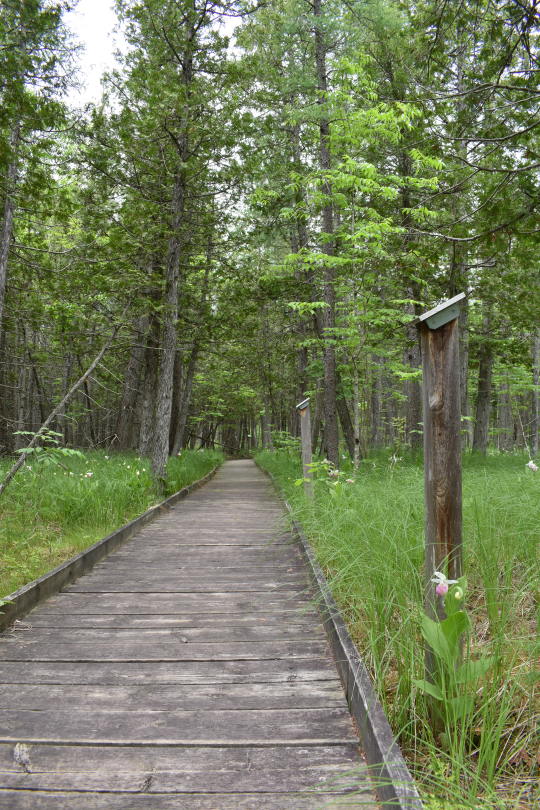
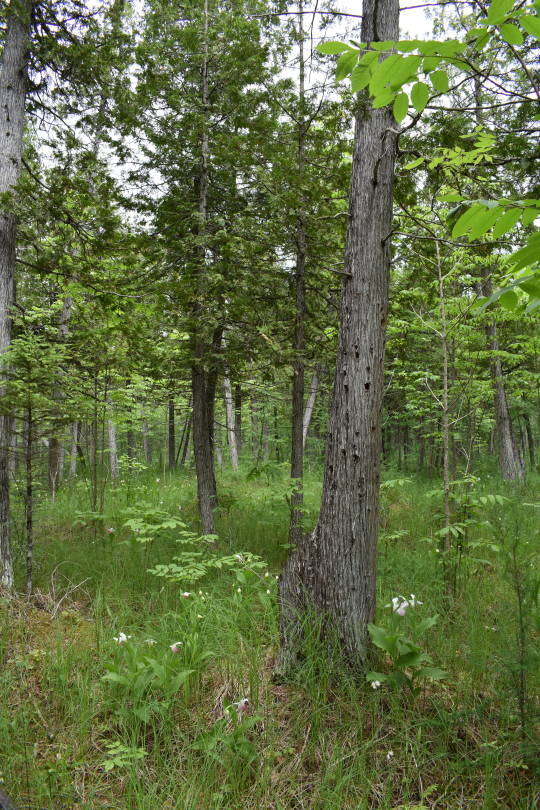
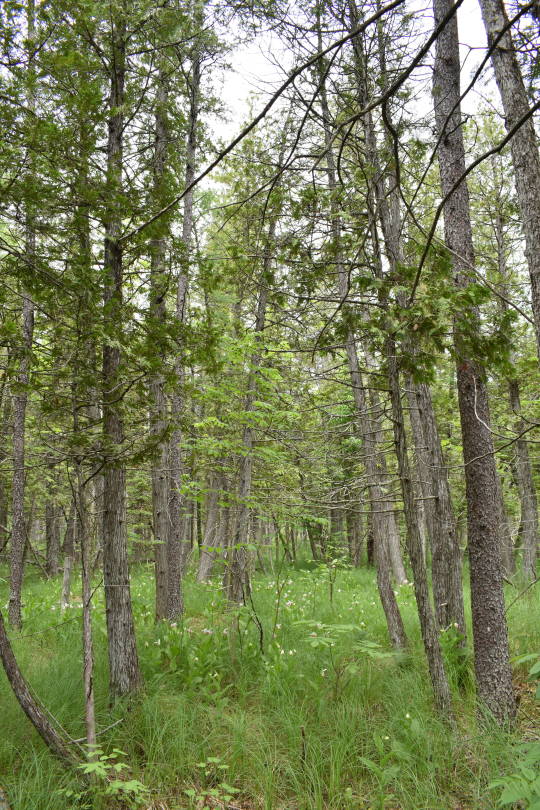
Purdon Conservation Area and Its Showy Lady Slipper Orchids
Photographs taken on June 18, 2023, at Purdon Conservation Area, Lanark Highlands, Ontario, Canada.
#wildflowers of southern ontario#Purdon Conservation Area#Purdon#Showy Lady Slipper Orchids#lady slipper orchid#Showy Lady Slipper Orchid#orchid#lady slipper#white#Lanark Highlands#ontario#canada#wildflowers#wildflower#flowers#flower#flora#nature#conservation area
44 notes
·
View notes
